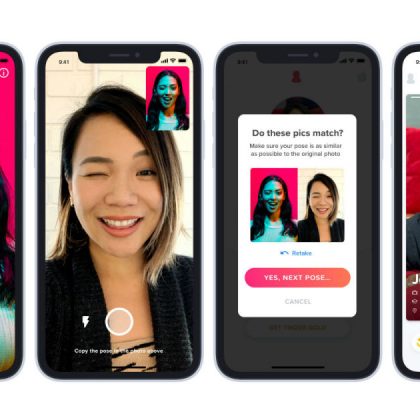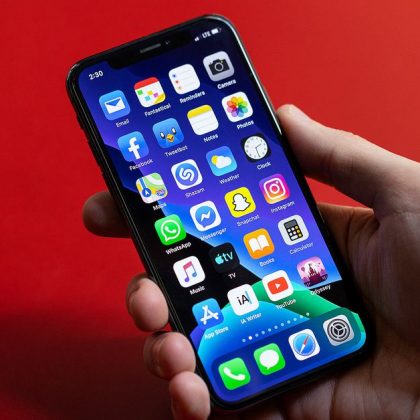Apple CEO Tim Cook delivers the keynote address during Apple WWDC on June 8, 2015 in San Francisco, California.Getty ImagesApple is expected to launch the latest version of iOS, its software for the iPhone and iPad, on Monday at its annual Worldwide Developers Conference, or WWDC. The company has launched a new version of its iPhone software at WWDC every year since 2009, and analysts and reports don’t expect this year to be any different.
The announcement of the new software, likely called iOS 13, will show how Apple is evolving its most important product, the iPhone, in the face of a contracting smartphone market.The company’s Worldwide Developers Conference, or WWDC, also is an opportunity for Apple to highlight its growing services business, which revolves around selling online subscriptions to iPhone users, including an announced video service this called Apple TV+. The next version of iOS will have to support this service. “This year WWDC will have a different feel as Apple needs to prove with its next iOS, currently codenamed Yukon, that this platform has the speed, scalability, and feature functionality to smoothly support and lay the groundwork for the company’s flagship video streaming service slated for the fall,” Wedbush analyst Dan Ives wrote in a note on Friday.
WWDC kicks off on Monday in San Jose, California. The company’s new product announcements will be revealed in a livestreamed keynote address starting at 1 p.m. Eastern Time.One platform to rule them all?WWDC is Apple’s main event to communicate how it sees its various software platforms developing.At WWDC in 2016, Apple CEO Tim Cook framed Apple as a company with four main platforms: iOS, watchOS, macOS, and tvOS. “This is a huge moment for us – four great platforms that become even more capable with working with all of you,” Cook said in 2016.But in 2019, Apple doesn’t seem to have a four-legged stool anymore. Apple is increasingly emphasizing its ability to sell add-on software and subscription services to iPhone owners as smartphone sales shrink.With that business goal front an center, Apple’s iPhone is being positioned the center of Apple’s software development universe, and its iOS App Store distribution platform as one of the company’s crown jewels.
For example, Apple’s TV strategy has moved away from a becoming its own separate platform for apps. Instead, Apple’s main video product is itself an app that aggregates paid video feeds from outside providers — which are “channels,” not apps. The Apple TV app is increasingly available on television sets from competitors like Samsung, and Apple said in the spring that its streaming service, Apple TV+, will go on sale this fall.It will also be a good place to look for clues whether the Mac platform might become secondary to iOS going forward. Last year, the company previewed a new set of developer tools that would enable iPhone apps to run on Mac computers with minimal effort. Apple uses the technology for some of its own apps that have jumped from the iPhone to the
Read More





